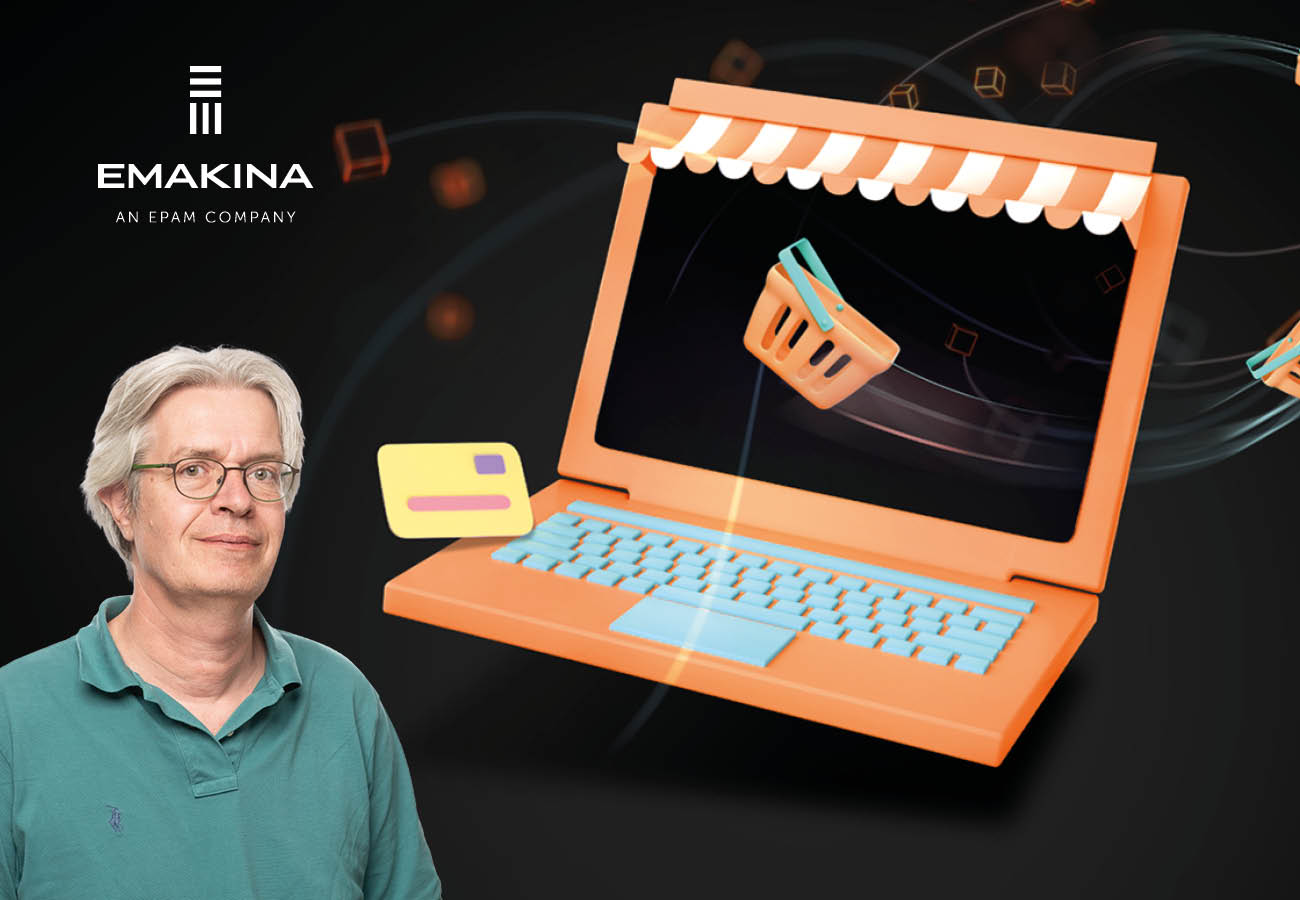2020 Digital Predictions
At the beginning of a new decade one of our strategists, Olly Wright, peers into the tea leaves of technology and prognosticates. Here are his predictions.

Instagram’s looking great
Instagram has become the de facto public platform for millenials and Gen-Z, and the brands that court them. It helped create the youngest self-made billionaire, Kylie Jenner, who at age 22 credits the success of her cosmetics company to the direct access Instagram grants to her fans and customers. In the zero-TV-watching ad-blocking world of Gen-Z online, it’s become one of the few ways to reliably reach that generation.
In particular, the combination of Instagram’s visual nature and young user base has made it the mainstream digital platform for fashion. Smart e-commerce fashion businesses such as PrettyLittleThing have bucked the decline in multibrand retail (other than Amazon) by putting Instagram at the center of their business and ecosystem.
Instagram’s success is set to continue in 2020. The new Instagram Checkout allows for e-commerce directly within the app, and with 20 major brands participating in the beta, its success is as sure-fire a bet as any in tech. Meanwhile, the app shows no signs of the abandonment that its bigger brother is experiencing.
Facebook loses its friends
Despite putting up a bold face and still showing overall user growth, Facebook is in trouble. The reasons for their meteoric rise are now conspiring against them. Metcalfe’s law tells us that the more people who use a network the more valuable that network becomes. For users that means ‘my friends are using it, so I will too’. However, this works in reverse too: ‘my friends stopped using it, now I have no reason to stay’.
This is starting to happen to Facebook. Users are leaving the platform in the tens of millions in key markets, with total users in decline in many advanced markets. In particular Gen-Z and millenials have all but abandoned it, using Instagram and TikTok for public display and Snapchat and others for direct messaging.
Compounding this, Facebook is experiencing ongoing negative attention for its emergent use as a political platform, including for refusing to curate paid political advertising. This faustian bargain threatens to turn the network into a shrinking forum for mud slinging and conspiracy theories, whilst the general public leaves for more pleasant digital surroundings. Add this to the companies’ extremely poor record in data protection and the brand damage done by that, time is running out for Facebook to stop the rot. Anyone old enough to remember the fall of the once mighty MySpace knows how quickly a social network can fail once users start to leave en masse.
Will Amazon play nice?
The deep omnichannel ecosystem dominance of Amazon has become unassailable. What other e-commerce brand can entice you to subscribe to watch the new $1 billion budget Lord of the Rings series, and give you free package shipping as part of the deal?
However, as much as Amazon benefits consumers, it strikes fear into partners. To quote Scott Galloway “Amazon partners with a brand the way a virus partners with a host”, where Amazon will release own-brand versions of your products and then algorithmically stack the odds in its favour for catalog visibility and price framing. It remains to be seen, as bigger brands start to open brand stores on the platform, can the ravenous behemoth restrain its winner-takes-all DNA? Or will it confirm that it’s an untrustworthy collaborator that is the last resort of brands unable to execute their own independent e-commerce strategies? This is one we can’t predict.
Content management: feel the Force
One of the oddities of the internet is content management systems. The name suggests they are for managing content, but they’re not really. They are mostly templating systems for building certain kinds of web pages, with the content often stored in a mixed bag of other interconnected systems. This has led to messy architectures in 2019 as the CMS doesn’t play nice with other systems (eg e-commerce) as they fight for primacy over which one delivers the actual pages to users, and where canonical content lives.
In 2019 Salseforce has stepped up with the new Salesforce Content Management System. The system is ‘headless’. It manages content, not pages. This omnichannel approach meets many needs, especially combined with Salesforce’s best in class middleware Mulesoft and Commerce Cloud. Old guard might argue that content management systems should have worked this way all along, myself amongst them.
Expect the success of this headless CMS architecture to make waves, as it becomes an increasingly smart choice for omnichannel environments. In particular, how will Adobe with their market-leading but more traditional Adobe Experience Manager CMS respond?
Purpose-driven brands
Despite all the above being about big tech brands, perhaps the most exciting development in 2020 will be the continuing growth of purpose-led brands. The internet brings transparency, and empowers consumers to buy products from companies that authentically share their values.
Perhaps the prevailing sense has been pessimistic skepticism: will consumers really pay more for this? The results are in: yes they will.
A favourite example is the French start up C’est qui le patron?!. Its founder realised that French milk farmers were commiting suicide at much higher rates than the average, and were doing so because they were under unsustainable financial pressure. He figured out that for just 8 euro cents extra per liter, farmers would be making a sustainable profit. As long as all those 8 cents go to the farmers.
No surprise there, you might say. Except that it’s been a huge success, with over 11 million French people buying the product, and a rapid expansion into other product types and now other countries. 11 million is one in every five French adults, and it’s a remarkable number. It tells us something incredibly valuable: namely that the lowest price is not the be all and end all online, and that consumers will pay more if they know the money is going somewhere that makes their world a better place.
Certainly something to be grateful for, and to lean into in 2020.
Weitere Beiträge im Blog
Zum Blog-
E-Commerce Trend #3 – Omnichannel. Worauf sollten Unternehmen 2023 achten? Unser Experte, Georg Kafka, im Interview.

-
E-Commerce Trend #2 – Social Media. Mehr als ein Trend? Unsere Digital Marketing Expertin, Verena Scheucher, im Interview.

-
Relationship marketing – noch im Trend?

-
E-Commerce Trend #1 – Künstliche Intelligenz. Was halten wir davon? Unser Experte im Interview.

